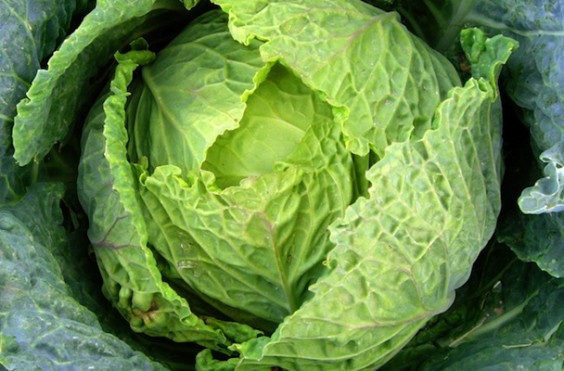by Rita Oziegbe
It seems having carnal knowledge
of little children has become the order of the day. The devil has taken toll of
the heart of men, when I say MEN, I don’t necessarily mean MALES but both male
and female alike. There are a lot of evil going on in our days, but do we allow
the children live with them without our protection and guidance?..... I guess
your answer is as good as mine… hell NO!!!
You may want to deny the fact that these things happen or reject the
possibility of it happening to your child but the truth remains that THEY
HAPPEN! Now don’t be blinded to think that it only happens to female children,
even the boys get sexually abused too….. Surprised?... Don’t be.
For those of us who think sexual
abuse only has to do with penetration with penis , fingers or objects, we are wrong because it involves
a whole others such as;
Exposing sexual materials or
genitals to a child
Touching/ kissing/fondling of
genitals and other areas of the body.
Asking a child to touch their own
genitals or another person’s.
Talking explicitly, graphically,
inappropriately, graphically about sex to a child.
Forced and non- forced sex with
an under-aged child.
With all these, how then do we
protect them from being vulnerable?... We
begin by not feeding them with lies or myths about sexual abuses. I say this
because many parents in trying to deny the reality of these things happening or
in their confusion on how to present it to the children, tend to paint the
wrong picture to their children. They forget that if they do not tell the
children the real truth about the subject, outsiders would and maybe the wrong
side of it all. Some believe teaching children about sexual abuses scare them,
therefore they think it is best to go mute about it. This is also wrong as the
better informed our children are about the happenings around them, the better
prepared and protected they are.
Don’t make your children believe
that these things happen in only families with problems or broken homes and
that they are safe because your own family is a “normal one”, therefore such
can’t happen to them. If they are safe within does that imply that they are
also safe outside your home. Remember many of the reported cases are perpetrated
by members of the family or relatives. It could be their uncles, aunts,
brothers, sisters, cousins and even by their parents. Make them also to understand that not only
girls can be abused. Yes, as strange as it might sound, boys can be abused too.
Make efforts to teach your sons how to protect themselves also. And it is not
only men that abuse or rape children because women are also being used as the
devil’s instrument in this case. Do not fool them by saying it is only improperly
dressed girls get abused because even those in flowing gowns are abused too.
Teach your children the right
name for their body part even if it is their private parts else someone will
teach them and also touch it for them. Let them know the difference between “safe”,”
unsafe” and “unwanted” touch and no matter who does the touching, they should
be able to say a big NO when it is unsafe and unwanted. They should also say
the NO when they are asked to involve in any kind of sexual activity without
fear or favour. Build a good
relationship with your children as this will help them in telling you anything
without keeping secrets. Watch out for danger signs in adult and those that
your children might be giving you indirectly about an adult or anyone around
them. Control their access to the internet and other media usage as this would
help you keep a check on the kind of thing that they are exposed to. At the worst cases, they should scream for help,
run and tell anyone that can help.



































